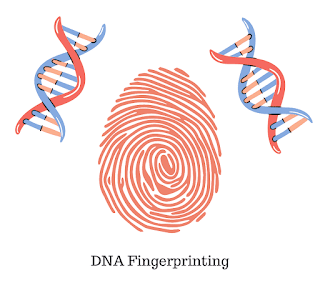Polytetrafluoroethyene (Teflon): A Fluoropolymer
What is a Fluoropolymer?
A fluoropolymer is a fluorocarbon-based polymer with multiple carbon-fluorine bonds which is produced from alkenes in which one or more hydrogen atoms is replaced by fluorine.
Fluoro polymers have high resistance to solvents, acids, and bases that's why it is used in making kitchenware and industry wares.
Following is the common example of Fluoropolymers:
Polytetrafluoroethyene (PTFE) or Teflon
Polytetrafluoroethylene (PTFE) or Teflon is a synthetic fluoropolymer that is made by polymerizing tetrafluoroethylene. It is chiefly used to coat non-stick cooking utensils and to make seals and bearings.
Preparation of Teflon
Teflon is prepared by heating tetrafluoroethylene in the presence of peroxides or ammonium persulphate catalyst at high pressures.
Properties of Teflon
1. Teflon is flexible and inert to solvents and boiling acids even to aqua regia and is stable up to 598K temperature.
2. It has a low coefficient of friction and low dielectric constant due to the highly symmetric structure of the macromolecules.
3. It has good insulating power in hot and wet environments.
4. Teflon maintains high strength, toughness, and self-lubrication at low temperatures of -268.15 ℃.
Applications of Teflon
1. Teflon is used for making non-stick utensils due to its great chemical inertness and high thermal stability.
2. It is also used for making gaskets, pump packings, valves, seals, non-lubricated bearings, filter cloth, etc.
3. It is also used as electrical insulations in connector assemblies, cables, and in printed circuit boards.
4. Teflon film is also widely used in the production of carbon fiber composites as well as fiberglass composites.




